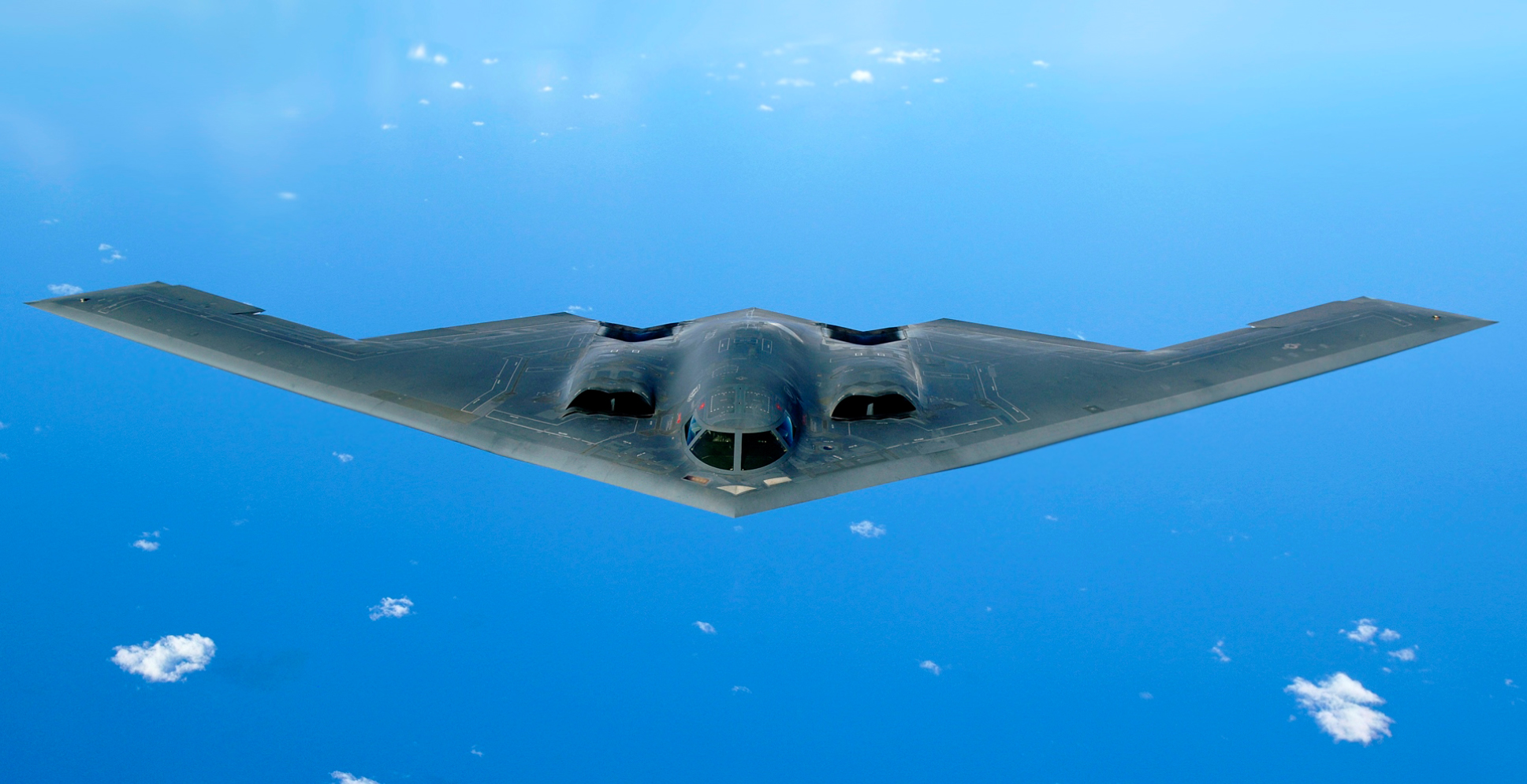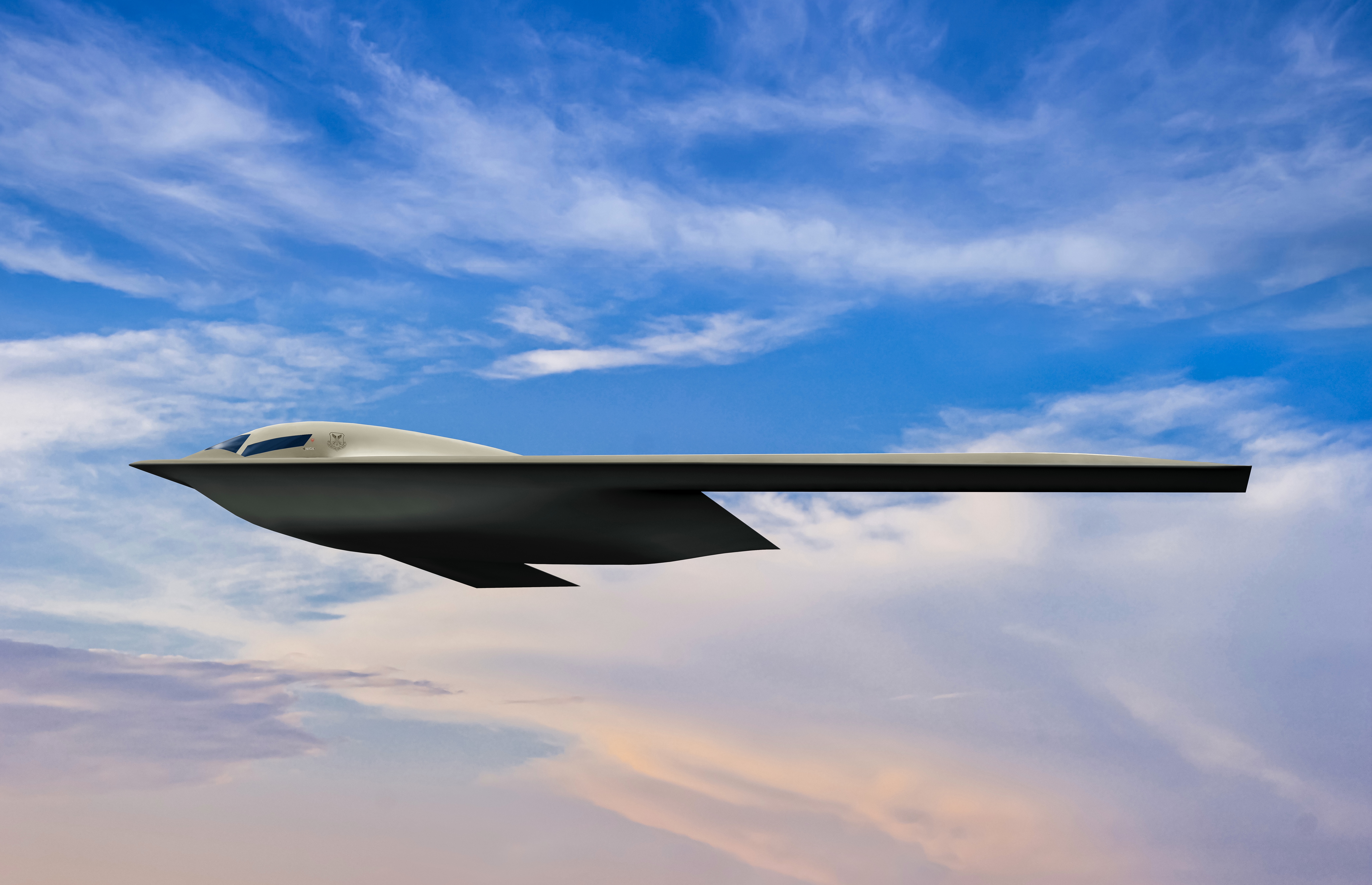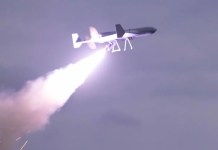Strange it may seem that though the United States is projecting its firepower from the air through its ‘bombers’ in Europe and the Indo-Pacific these days, the US Air Force does not have enough of them in its inventory because of financial constraints and it is working towards turning some cargo planes and UAVs into makeshift bombers.
Moscow on November 30 formally complained that the US bombers were rehearsing a nuclear strike on Russia from two different directions earlier this month and complained that the planes had come within 20 km (12.4 miles) of the Russian border.
According to Russian Defense Minister Sergei Shoigu, there has been a significant increase in the activity by US strategic bombers, which, he said, had carried out 30 flights close to Russia in November, 2.5 times more than the same period last year.

And, in the Indo-Pacific, the US has decided to send B2 stealth bombers and a fleet of fighter jets to Australia as military threats, in its opinion, have grown from China and North Korea. It is also bolstering the bases at Guam with new B2 stealth bombers, F-22, and F-35 fighter jets.
Aging & Obsolete US Bombers
However, all this does not gloss over the fact that the US Air Force does not have the number of bombers that it would like to possess. The ones that it has are mostly aging and their average age of 45 years is said to be very high.
Of course, many of them are for modernization, but the drives have been delayed, are expensive, and may take years to implement fully. And the planned new procurements are very low. Besides, it is said that budgetary allocations in the current financial year (FY 2022) are not good enough to improve the situation.
A just-released study by a leading US think-tank, Centre for Strategic and International Studies, has explained how the US Air Force, despite the low procurement of new ones, has now stabilized its force structure at about 5,500 aircraft by prolonging the life spans of the platforms in its inventory.
In fact, in many cases, the US Air Force is deliberately slowing down the procurement level “to save money in order to make a wide variety of expensive investments in advanced systems, aircraft, weapons, sensors, and networks that would be suitable for conflict with a great power such as China.”

Coming to the Bomber Force, its strength is down to 44 aircraft. The US has at present B-52s, B-1s, and B-2s, with the plan of replacing the last two (B –1s and B-2s) with the under-development B-21 Raider stealth aircraft. The B-52Hs, which the Air Force flies today, originally entered service in 1961 and will continue in service at least into the 2040s, it is said.
Of course, there are many upgrade programs for the bombers so that they are in top flying conditions and remain relevant. These programs include new engines for the B-52s and a new defensive system for the B-2s.
The B-21 Raider Program
As the CSIS report has pointed out, though there is a big hope to procure the new B-21 Raider and the Air Force’s FY 2022 requests for $2.981 billion includes $108 million for advance procurement, all indications suggest that the first production is still a few years away.
“Nevertheless, five test articles were funded in the research, development, test, and evaluation (RDT&E) account and should be flying soon. The program seems to be progressing smoothly, but its classified nature makes such judgments uncertain. Because the B-21, being built by Northrop Grumman Corp, has a mid-2020s fielding date (‘Initial Operating Capability’), the legacy B-52s, B-1s, and B-2s will comprise the bomber force for many years to come”, the report says.
It is clear that the B-21 stealth bomber program is still in the engineering and manufacturing development phase. And since everything about is classified, some news reports like from Bloomberg news agency can also be said to be only guessing that it will cost “at least $203 billion to develop, purchase and operate 100 aircraft over 30 years”.

And its average procurement price per unit — the most common measurement of how much it costs to build a jet – is likely to be within its $550-million-apiece goal, measured in fiscal 2010 dollars. If adjusted for inflation, the equivalent is about $639 million in 2019 dollars.
The US Air Force Secretary Frank Kendall has been quoted to have said that one of the reasons why the B-21 is taking longer time is because “you need to take your time and effort during the design phase to try to design for lower sustainment cost.” For him, “it’s not a cheap airplane. It’s an important capability that we need and we will budget what we need to sustain the fleet.”
Need For A Hybrid Fleet
It is indeed against this background that Kendall has explained that as the Air Force can’t afford to keep buying all the piloted bombers and jets it plans, he is considering a hybrid force of drones operating in tandem with aircraft like the new B-21 stealth bomber.
“I’m looking at things that would introduce unmanned platforms” that could be sacrificed in combat, would “complement some of our more expensive high-end platforms” and would “give us the quantity we need at a reasonable cost, ” he said.
This financial factor may also explain why some time during this month (December) the US Air Force is supposed to conduct a capstone exercise for a program aiming to turn cargo planes into aerial bomb trucks when a standard-looking pallet will be airdropped out of an MC-130J and launch a live cruise missile as it parachutes down through the air.
As a part of the Air Force’s Rapid Dragon program, this demonstration will validate the service’s “palletized munitions” concept, according to Dean Evans, the service’s Rapid Dragon program manager. “The ability to cost-effectively deliver long-range standoff weapons en masse from non-traditional platforms expands warfighting flexibility and introduces new deterrence options,” Evans has said.
According to Lt. Gen Clint Hinote, the Air Force’s futurist, “What we see is that no matter how big our bomber force is, the capacity that the joint force needs is always more and more.” And this is where palletized munitions for airlift assets like cargo planes come in.
The palletized munitions concept was flight-demonstrated on November 3 at White Sands Missile Range, New Mexico. But the one planned this month will use a live cruise missile instead of an unarmed test vehicle and will conclude the first developmental stage of the Raid Dragon program.
- Author and veteran journalist Prakash Nanda has been commenting on politics, foreign policy on strategic affairs for nearly three decades. A former National Fellow of the Indian Council for Historical Research and recipient of the Seoul Peace Prize Scholarship, he is also a Distinguished Fellow at the Institute of Peace and Conflict Studies. CONTACT: prakash.nanda@hotmail.com
- Follow EurAsian Times on Google News




